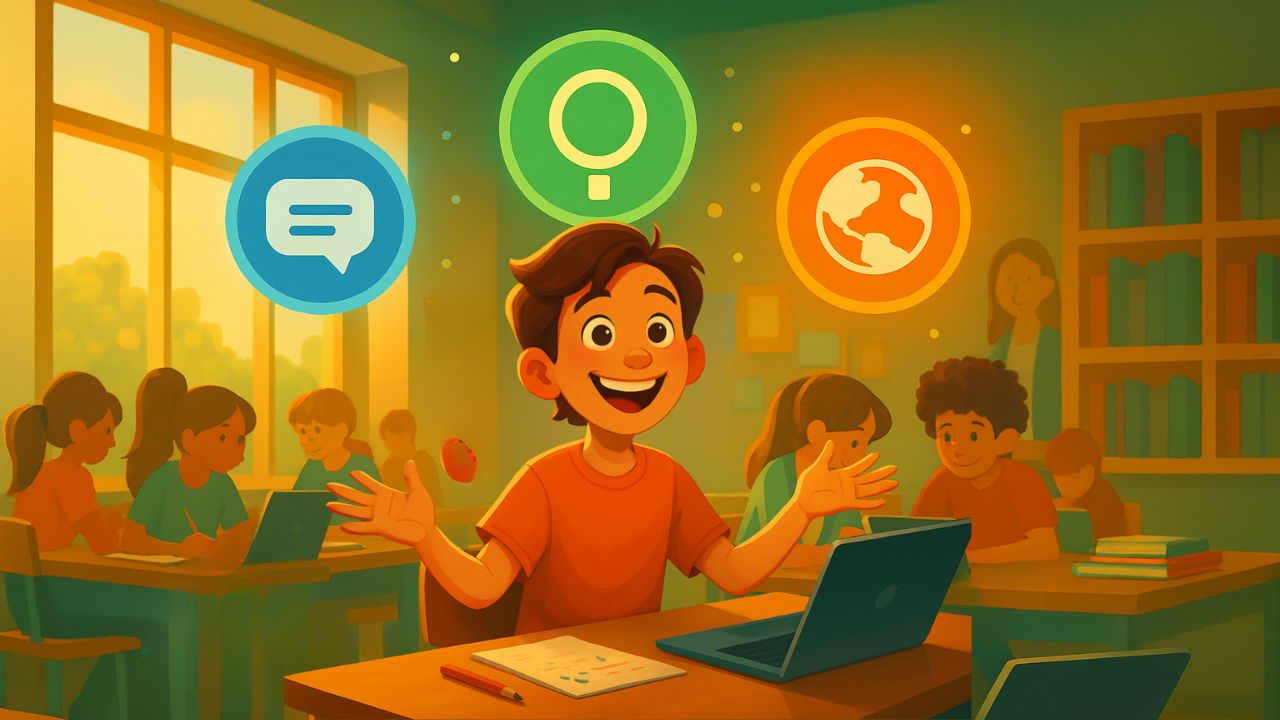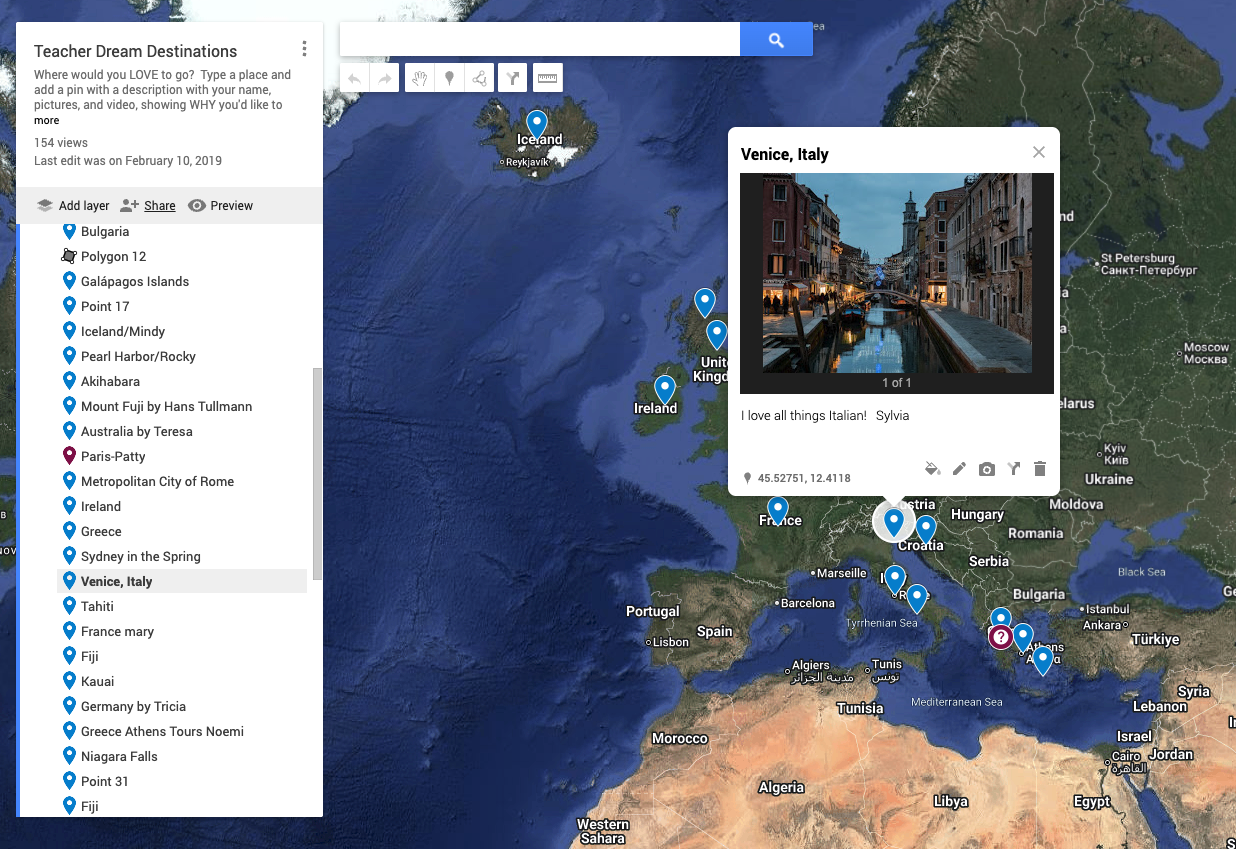Engagement Magic: How to Reignite Curiosity in the Classroom

When I was in third grade, I quietly gave up on learning. I started shoving unfinished classwork into my desk, hoping no one would notice. I was bored, disconnected, and saw nothing in school that related to my world.
Now, decades later, my third-grade son is facing the same struggle—still trapped in a system that prizes compliance over curiosity.
When Curiosity Turns Into Compliance
Today, many classrooms have lost the love of teaching and learning.
Research backs this up — a 2011 University of Alberta study by Taylor and Parsons found that true engagement depends on connection, curiosity, and relevance, not control or compliance.
Students are expected to comply, not wonder. They follow rules, complete worksheets, and stay quiet.
Lessons often feel irrelevant to their present or future lives.
Teachers, meanwhile, are doing their best within a system that feels outdated and unsustainable. They’re overworked, managing increasing behavior challenges, and realizing that technology hasn’t fixed engagement—it’s only digitized the same old problems.
Decorations and Devices Don’t Fix It
When a system isn’t designed for real learners, students endure a sentence of boredom and irrelevance.
Some comply. Others shut down, act up, or give up.
Well-meaning teachers try to brighten the environment with decorations or tech upgrades, but engagement doesn’t come from colorful walls or digital worksheets.
And when frustration builds, some tighten control—raising voices, adding rules, or doubling down on compliance.
Deeper Causes Need Innovative Solutions
These efforts often miss the heart of the problem: connection, curiosity, and relevance.
When students give up, they lose learning opportunities.
When teachers invest in décor or discipline instead of relationships, they miss the chance to build a positive learning community.
The result? Everyone feels drained, and the cycle continues.
A Magical Way to Engage
What if classrooms could be places of mutual respect, collaboration, and joy?
Imagine students who are curious problem solvers—excited to explore new ideas.
Imagine teachers who feel energized, watching students connect, question, and care.
That’s the promise of Engagement Magic—a research-based, student-centered approach built on six key elements:
Interaction, Exploration, Relevance, Multimedia, Feedback, and Challenge.

Let’s look at the first three.
💬 1. Interaction — Connection Before Content

Interaction is about building respectful relationships and a collaborative community.
Start the year with The Best Name Game Ever so everyone learns each other’s names on day one.
Normalize mistakes—celebrate failure as the first attempt in learning.
And spark collaboration with the Marshmallow Challenge, where teams race to build the tallest tower using spaghetti, tape, and marshmallows.
Each of these builds trust, laughter, and belonging—the foundation for every lesson that follows.
Try This Tomorrow:
- Learn every student’s name.
- Celebrate one mistake publicly and show what was learned.
- Add one team-based challenge this week.
🔎 2. Exploration — Let Curiosity Lead

Students explore dream destinations on Google MyMaps, mapping cultures, landmarks, and global connections.
Exploration means shifting from telling to discovering.
Let curiosity drive instruction through inquiry and problem-based learning.
Encourage students to ask questions, test ideas, and research answers using real tools.
“Inquiry-based learning increases student motivation and retention.” — Journal of Educational Research, 2019
Use digital spaces to empower exploration: Google Earth, My Maps, or Arts & Culture.
Let students lead the tour—exploring, mapping, or researching topics that matter to them.
Try This Tomorrow:
- Start a K-W-L or “I Wonder” board.
- Ask students to find three facts you didn’t teach.
- Give them five minutes to explore a Google tool connected to your lesson.
🌎 3. Relevance — Make Learning Matter

If students can’t see the why, they won’t engage with the what.
Relevance means connecting content to their interests, experiences, and future goals.
Survey your class about what they love—games, sports, hobbies, pop culture—and weave those examples into lessons.
Use high-interest articles or trending topics to teach essential standards.
Turn abstract math problems into scenarios built from their favorite games or fads.
Try This Tomorrow:
- Give a quick interest survey.
- Replace one activity example with a pop-culture reference.
- Ask, “Where does this show up in your life?”
Bring the Magic to Your Classroom
To start adding a little magic:
- Look at next week’s lessons.
- Ask yourself:
- Where can I build connection or collaboration?
- When can students explore or ask questions?
- How can I make this lesson more relevant?
- Choose one idea and try it.
Small shifts create big sparks.
Closing / Call to Action
Engagement isn’t about flashy tech or perfect lessons—it’s about design with heart.
Start small. Add one spark of Interaction, Exploration, or Relevance this week.
Because when curiosity replaces compliance, learning becomes magic again.
Discover The 5 Tools That Can
Transform Your Classroom Today
Enter Your Email Below To Receive The Free 9-page PDF,
"5 Tech Tools That Make Student-Centered Learning a Breeze"
We hate SPAM. We will never sell your information, for any reason.



